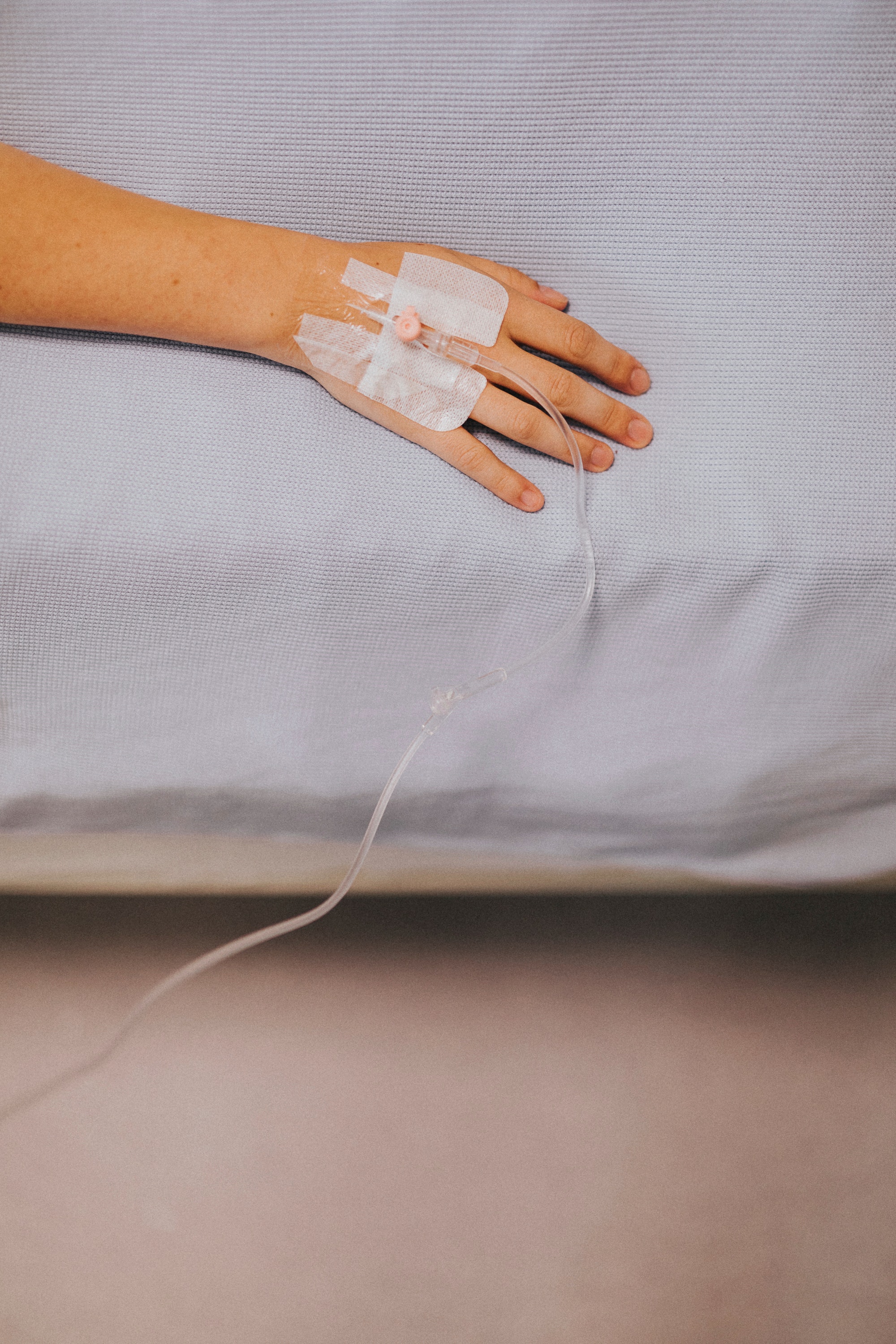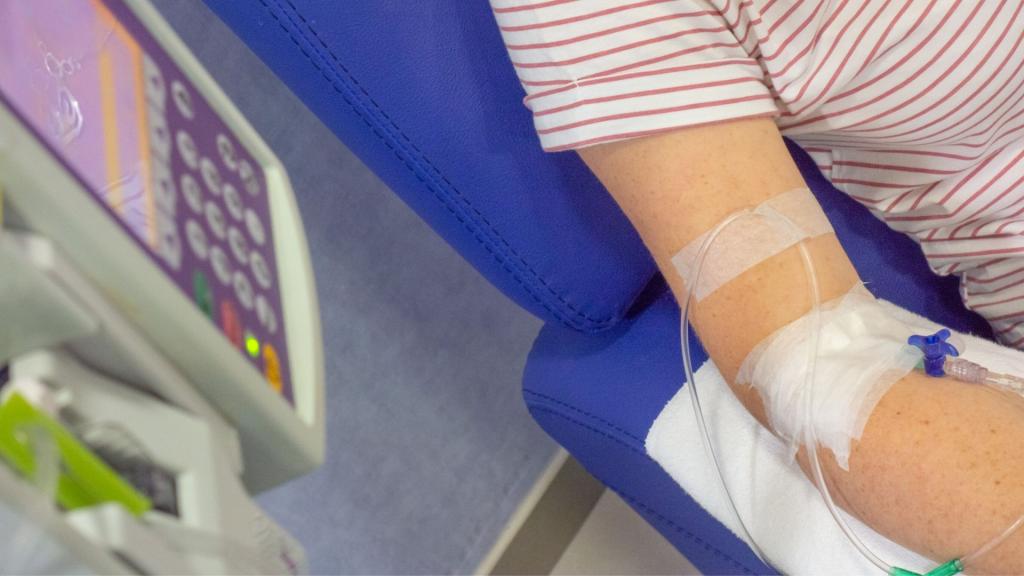
Chemotherapy
Chemotherapy is the use of drugs to kill cancer cells.
What is chemotherapy?
Chemotherapy uses drugs to kill cancer cells. Chemotherapy is used to:
- Help cure some cancers
- Shrink a cancer before surgery, to make it easier to remove
- Kill any cancer cells that remain after surgery
- Help radiotherapy to work better
- Help stop cancer from spreading, slow its growth, or destroy cancer cells that have spread to other parts of your body
- Treat cancer that has come back after treatment
If chemotherapy is part of your treatment plan...
Join one of cancer nurses for our chemotherapy education workshop. It will help you learn about what to expect, find out about side-effects and give you the chance to ask questions. Find out more about chemotherapy education for patients.
How does chemotherapy work?
Chemotherapy drugs affect how a cancer cell divides and grows. Chemotherapy damages genes inside the cancer cell, preventing them from growing.
Chemotherapy affects healthy cells too, but cancer cells are more sensitive to chemotherapy because they divide more frequently.
Healthy cells usually repair the damage caused by chemotherapy but cancer cells cannot and so they eventually die.
What drugs are used?
There are many types of chemotherapy drugs that can be given individually or in combination.
These combinations used by your doctor are often known by a word made up from the first letters of the drug names (an acronym).
Before chemotherapy
- Ask about any possible side-effects
- Check if you need to do anything to prepare for treatment. For example, getting dental work done or having any recommended vaccinations.
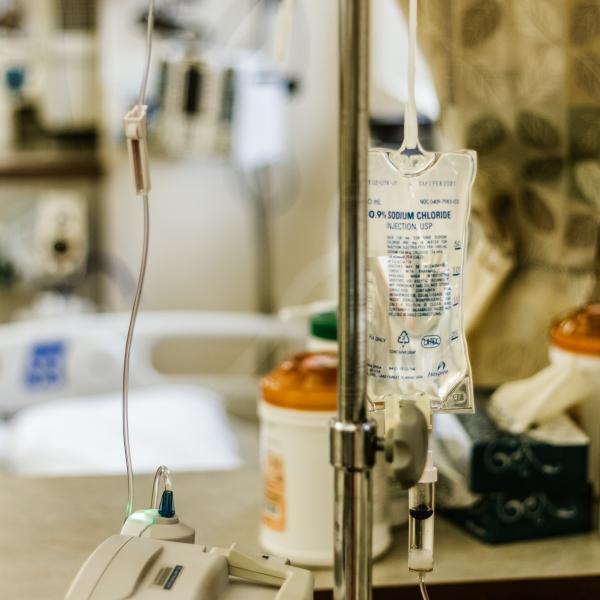
If you know the name of your chemotherapy drug, visit the Health Products Regulatory Authority’s website at www.hpra.ie where you will find more information about:
- What the drug is
- How it is given
- Possible side-effects
How is chemotherapy given?
Chemotherapy is given in different ways, depending on the cancer type and the drugs being used. It may be given to you through:
- A drip (intravenous infusion) into the bloodstream through a vein – drugs are diluted in a large bag of liquid and go in slowly over several hours.
- An injection into the bloodstream (usually through a vein). The drugs are injected into a drip by a nurse. It can last from a few minutes to 20 minutes.
- Tablets or capsules taken by mouth (oral therapies). Read more about oral therapies
Other, less common ways of giving chemotherapy:
- By injection into the fluid around the spine and brain (intrathecal chemotherapy)
- Directly into an organ, such as the liver
- Directly into a body cavity, e.g., the bladder (intracavity chemotherapy)
- Applied as a cream to the skin (topical chemotherapy)
- By injection into a muscle (intramuscular chemotherapy)
- Under the skin (subcutaneous chemotherapy)
Ways of injecting drugs
Cancer drugs can be given directly into a vein using the following devices:
- Cannula – a short, thin tube is put into a vein in your arm or the back of your hand.
- Central line – a thin flexible tube is put in through the skin of your chest or neck and into a vein in your chest.
- PICC line (peripherally inserted central catheter) – a thin, flexible tube is put into a vein in your arm and then put in (threaded through) to a vein in your chest.
- Implantable port (sometimes called a portacath) – a thin, soft, plastic tube is put into a vein. It has an opening (port) under the skin on your chest.
We have more information on lines and ports and how to care for them.
Taking tablets (oral therapies)
Tablets are just as effective as intravenous chemotherapy. If you’re taking chemotherapy tablets, we have some information and tips in our oral therapies section.
Cycles and courses of treatment
Chemotherapy is usually given in a course of treatments. A treatment course often takes between 3 to 6 months but it can be more or less than that.
A course is made up of cycles. A cycle is the day or days of your treatment, followed by a rest period, when you have no treatment and your body is recovering. Your cancer doctor will explain the number of cycles you need to treat the cancer. It will depend on your type of cancer and the drug or drugs you are receiving.
Usually you will not need to stay in hospital overnight if you’re having chemotherapy, but for some treatments you will need to stay in hospital.
Chemotherapy and other cancer treatments
Chemotherapy can be given in combination with other treatments, such as surgery, radiotherapy, hormone therapy and targeted therapies. For some cancer patients, chemotherapy is the only treatment needed.
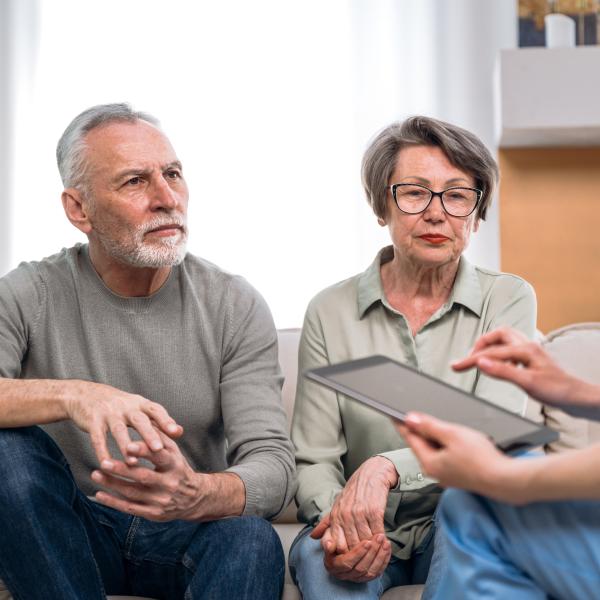
Chemoradiation
Taking certain chemotherapy drugs can make the cancer cells more sensitive to radiation (radiosensitisers). This helps the radiotherapy to work better. Having chemotherapy and radiotherapy together is called chemoradiation.
Will I get side-effects?
Different chemotherapy drugs can cause different side-effects. Your doctor and specialist nurse will talk to you about the drugs you’ll be having and possible side-effects. Always tell your doctor or nurse about any side-effects you have. Your doctor can give you drugs to help control some side-effects. After your treatment is over, most side-effects start to improve.
“Your team will give you medications to get you through the side-effects. Take them. Tell your doctor or nurse how you’re feeling and they will be able to help you.”
Keeping a note of your side-effects
You may find it helpful to keep a record of some side effects. This can help you talk to your doctors and nurses, and find the best way to manage them. Most side-effects ease in the weeks and months after treatment.
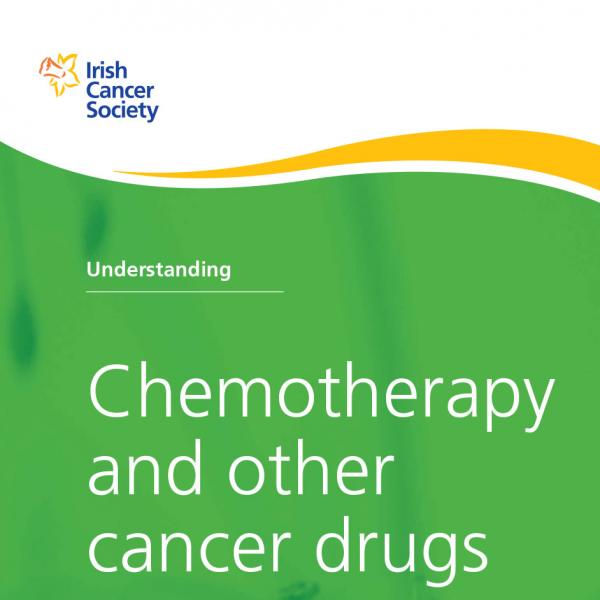
For more information
Phone
1800 200 700


